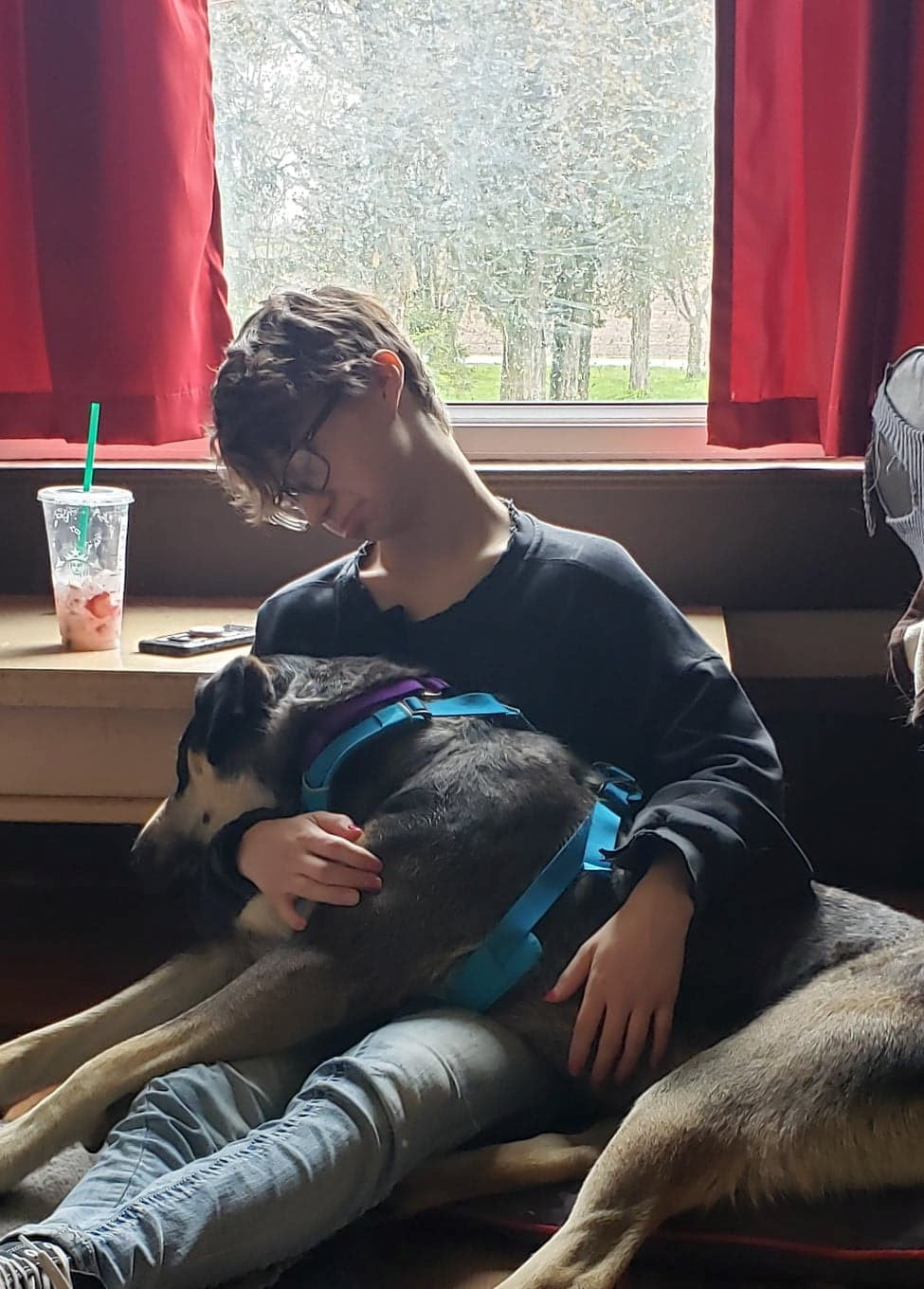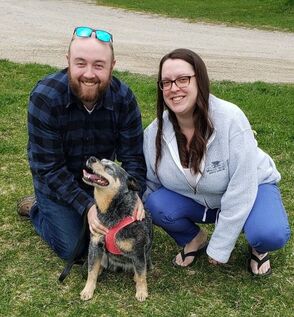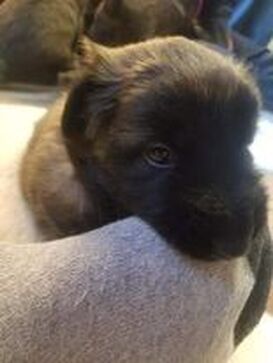
In familiar, low-distraction environments, such as your living room, your dog might respond well to low-value treats. However, in more challenging environments with higher distractions, like training class or a busy park, you'll need high-value treats. This helps you to capture and maintain your dog's attention. You can't expect high-level, "million-dollar" behavior for "pennies." For complex tasks, ensure you have valuable rewards to match the behavior you are asking for. To put it even more simply, your dog may sell you five sits for a nickel in the living room but that same sit is going to cost $5 at the park.
Experimenting with different types of food, from training treats, "people food", and even homemade treats, can help you discover what your dog enjoys most. Dogs are context-specific learners, so using people food in training won't necessarily make them beg more. Training concepts like "Leave It" and practicing impulse control around food can prevent begging behavior. Utilizing high-value "people food" in training can significantly enhance your dog's learning and responsiveness.
You can check out our blog for recipes and tips on making your own training treats, tailored to what your dog really enjoys. Have fun experimenting with different foods to discover your dog's preferences!












 RSS Feed
RSS Feed